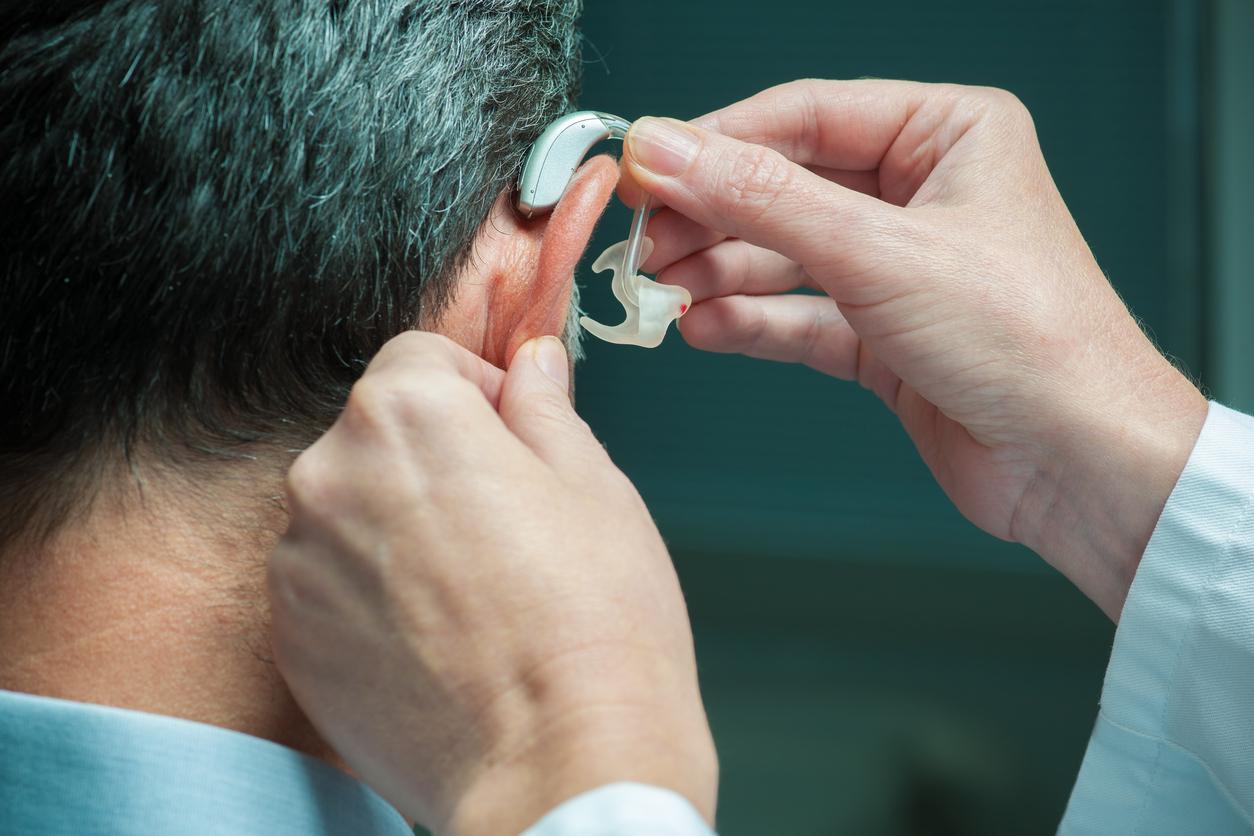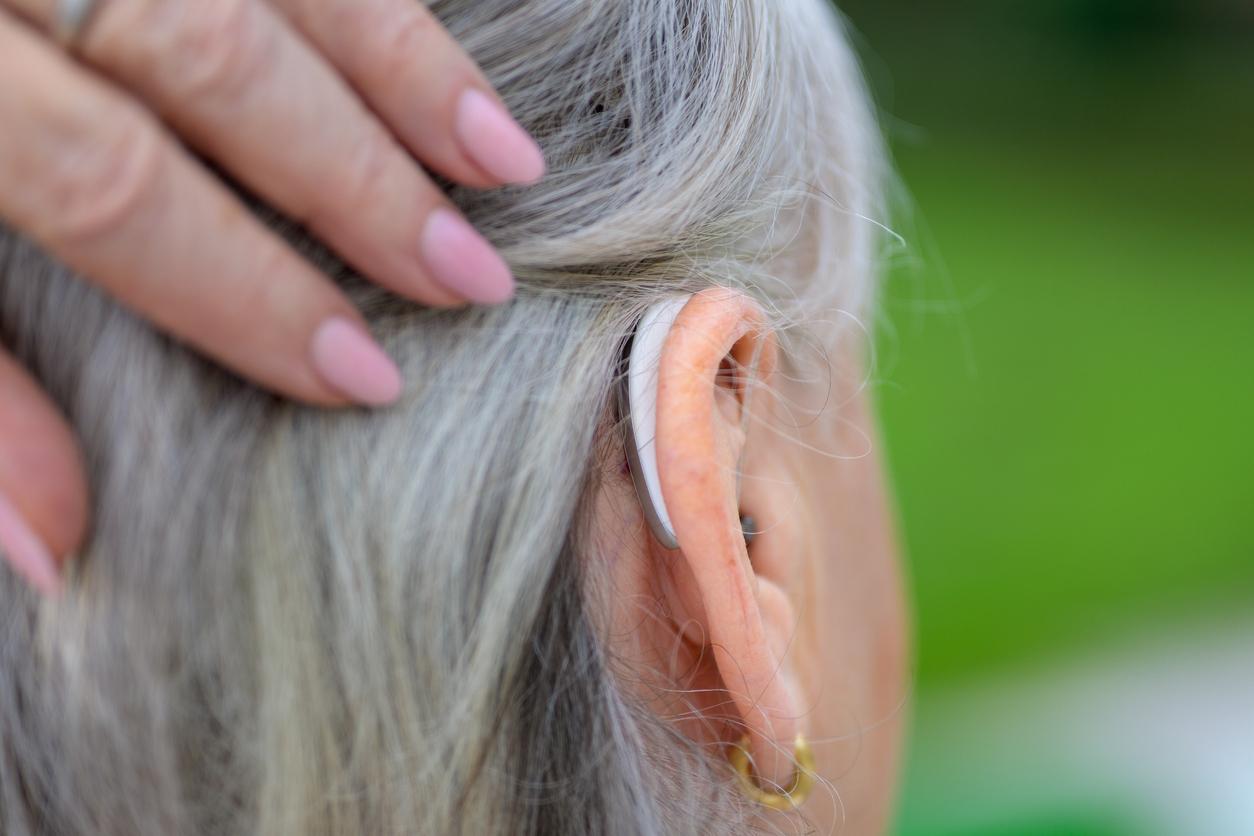
The ear from front to back
While not everyone is happy with the outside of their ears, what matters most is the inside. Your ears warn you and allow you to communicate with others. But how exactly do your ears work?
Both of our ears are made up of three parts: the outer ear, the middle ear and the inner ear. This captures the sound from the environment and converts it into nerve impulses so that our brains can process it. So we can hear.
The outside
The outer ear is also called ‘auris externa’ in medical terms. It consists of the pinna and the ear canal. These parts are in direct contact with the outside air. The auricle captures the sound from the environment and vibrates along with the sound waves. Together with the ear canal, the pinna ensures that the sound reaches the eardrum.
The eardrum is a tightly stretched membrane that vibrates along with the sound waves. It is located at the end of the ear canal and separates it from the middle ear.
the middle ear
The middle ear, or ‘auris media’, consists of the three bones, the ossicles: the hammer, the anvil and the stirrup. These bones start to move when the eardrum vibrates. This amplifies the sound.
The middle ear is connected to the throat via the Eustachian tube. This keeps the air pressure in the middle ear equal to that of the environment. The tube also ensures that noises that are too loud and the noise we make ourselves are muffled.
the inner ear
The inner ear is also called ‘auris interna’. It consists of the cochlea and the labyrinth. Attached to this are the auditory and balance nerves.
The cochlea (cochlea) is filled with a special fluid. This contains a special membrane with small cilia. These cilia start to move when the stapes moves the fluid in the cochlea. This sends a signal to the brain.
There are also hairs in the labyrinth. These respond to movements. The signals about these movements are then passed on to the vestibular nerve. In this way we can keep our balance.
Because we have two ears, our brains also receive two different signals from sound. The sound does not reach both ears at the same time. These signals are combined. This way we know where the sound comes from, we can hear the direction.
If you don’t hear it anymore
Old age, a lot of loud music or other loud noises can permanently damage your hearing. Especially with hearing loss due to old age, this can be easily remedied with a hearing aid. This amplifies the sounds from the environment so that the sound is still loud enough to be heard properly.
middle ear infection
A common ailment of the ear is the middle ear infection. Normally, fluid flows from the middle ear through the Eustachian tube to the pharynx. When the middle ear produces a fluid that cannot drain properly through the Eustachian tube, an ear infection can occur. This is common in children and can be very painful. A middle ear infection is treatable.

















